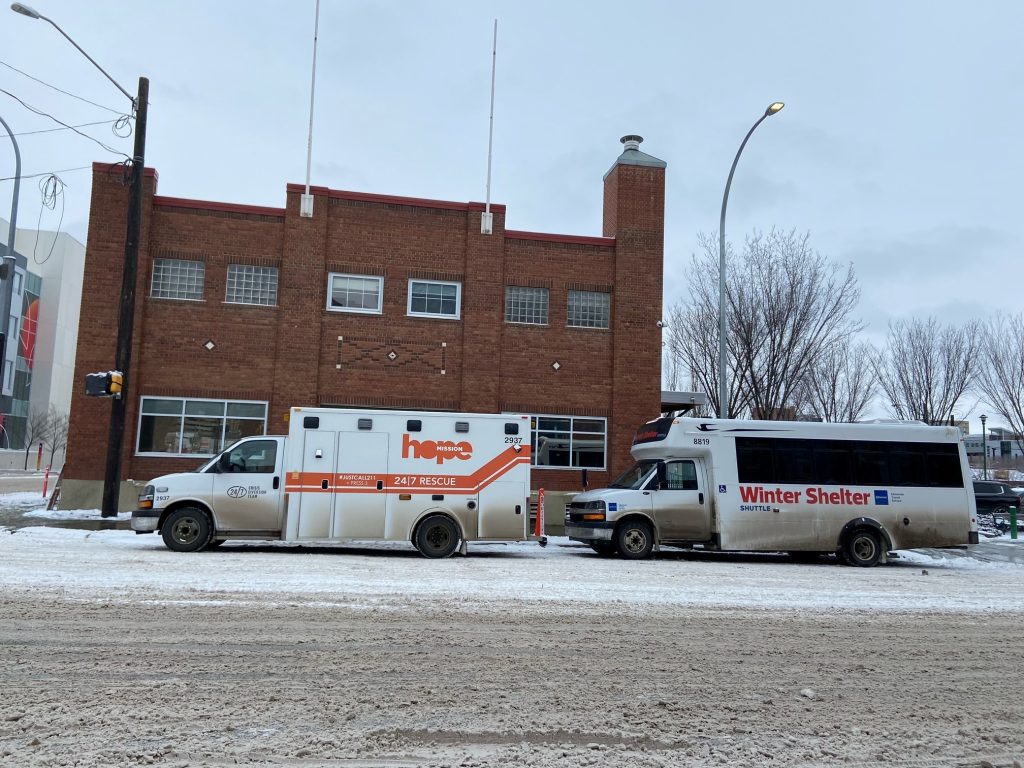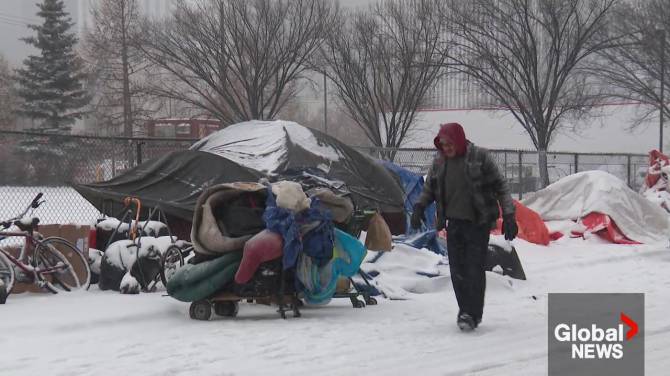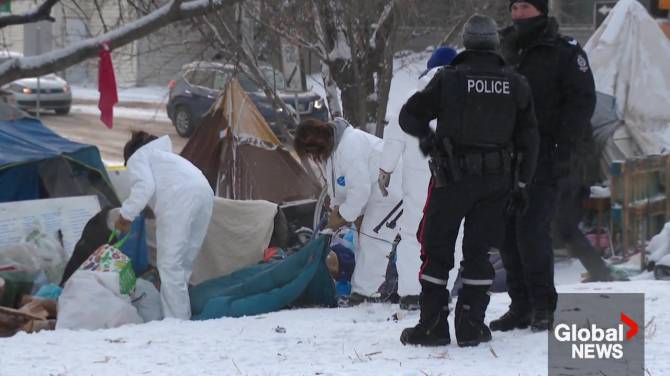The government of Alberta is making a navigation and support centre to provide safe shelter for the homeless in Edmonton a permanent fixture, and has also disclosed plans to establish a similar facility in Calgary.
The UCP government announced the creation of the centre in mid-January, primarily to address the situation of hundreds of homeless people displaced after Edmonton police dismantled eight encampments considered high risk by the city.
In the past two months, the facility's staff have offered various kinds of support, including mental-health and addiction treatment, primary health care, and income support.
The centre has also provided Indigenous cultural supports and connections, as well as linked people to shelter, housing, and financial services, helping them acquire valid ID for Alberta.
“We’ve seen dozens of homeless encampments appear in marginalized areas and on city streets all over our provincial capital. But this isn’t just a problem in Edmonton,” said Premier Danielle Smith on Tuesday.
“The increasing cost of living, a deadly addiction crisis, and reduced housing availability have all contributed to a significant rise in homeless encampments in recent years.”
Smith stated that there have been deaths from fires and drug overdoses, as well as cases of assault, sexual abuse, robbery, and exploitation, with some encampments being controlled by criminal gangs.
“We won’t allow misery and despair to take hold of our city,” Smith declared. “Enabling encampments is not compassion; it is cruelty.”
Alberta Social Services Minister Jason Nixon mentioned that the navigation centre model has surpassed expectations over the past two months. He indicated that over 700 people have used its services, resulting in over 2,200 referrals to housing, health supports, addiction recovery, and Indigenous support.
“We will be expanding this concept into Calgary to address the needs of the homeless population in that city. Ongoing discussions are taking place between Alberta’s government, Calgary officials, and our partners,” Nixon stated.
“The strategies we are learning from the navigation centre will be replicated in communities smaller than Edmonton and Calgary,” Nixon said.
Edmonton police Chief Dale McFee mentioned that since the dismantling of the camps and the establishment of the navigation centre, the encampments have become smaller in size, fewer in number, and less dispersed across the city.
“There have been no fatal tent fires. No overdose deaths in encampments. Edmontonians have not been burning or freezing to death in tents,” McFee stated.
“Instead they’re getting mental-health, addiction treatment, housing, and cultural support. All of the solutions that are crucial for long-term success.”
McFee also pointed out that calls for police service in identified encampment areas have decreased by nine percent.
Housing advocates acknowledge that the services provided at the navigation and support centre are beneficial, but are similar to what other local agencies offer.
“The only reason for presenting the statistics about the navigation centre is to divert attention from the many important ways in which they are failing to care for people living in homelessness,” said Jim Gurnett, a housing advocate.
Gurnett expresses a desire for more services to be redirected to social housing.
The Opposition NDP is asking how many people who used the center were actually connected with permanent housing.
“Staying stuck in the shelter system is different from being housed,” stated Janis Irwin, NDP housing critic. “We require permanent, supportive housing with comprehensive services and increased investments in Indigenous-led housing. We don’t need more mats on the floor or crowded shelter spaces.”
With files from Global News






